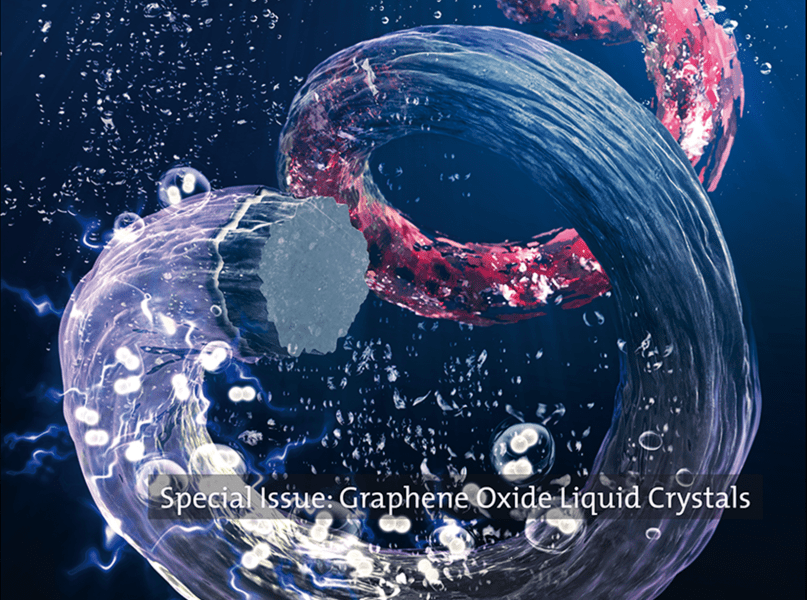A green, renewable, and environmentally friendly strategy to remove toxic dye from wastewater.


A green, renewable, and environmentally friendly strategy to remove toxic dye from wastewater.

Recent developments and perspectives on bimetallic nanomaterials highlighted in Particle & Particle Systems Characterization.

The burgeoning development and sustained production of advances in the booming field of solar-to-energy conversion have inspired a Special Issue specifically dedicated to “Artificial Photosynthesis: Mimicking Nature for Renewable Energy Production” – guest editors Wee-Jun Ong, Zhiqun Lin and Kazunari Domen.

A composite composed of cobalt/cobalt oxide nanoparticles embedded in free-standing reduced graphene oxide (Co/Co3O4-Gr) has been developed for complete water splitting.

Guest editors Kyung Eun Lee and Sang Ouk Kim present important recent contributions to the field of Graphene Oxide Liquid Crystals and discuss how this research field will develop in the coming years.

Guest editors Yugang Sun and Zhiyong Tang outline current research directions in the field of plasmonic particles.

Chuanbo Gao and co-workers present a mild, robust and effective strategy to remove capping ligands from noble metal nanocrystals for surface-enhanced Raman scattering and catalytic applications.

Researchers at the State Key Laboratory of Natural Medicines in Nanjing, China explain the versatility of a small molecular fluorophore, NIR-03, in cancer theranostics.

A technique known as Identical Location Tomography is implemented to monitor the morphology of Pt catalyst particles before and after electrochemical cycling.

Discover how the hydrophobicity of Pickering emulsions affects enzyme activity.